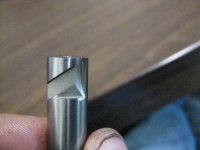Kronic_187
Mekanical injection junky
- Joined
- Sep 27, 2009
- Messages
- 1,343
^^^^^^ this guy is smart.....:thankyou2:
so, does that mean no more smoke and mirror's ???*bdh*:blahblah1::nail:
so, does that mean no more smoke and mirror's ???*bdh*:blahblah1::nail:



